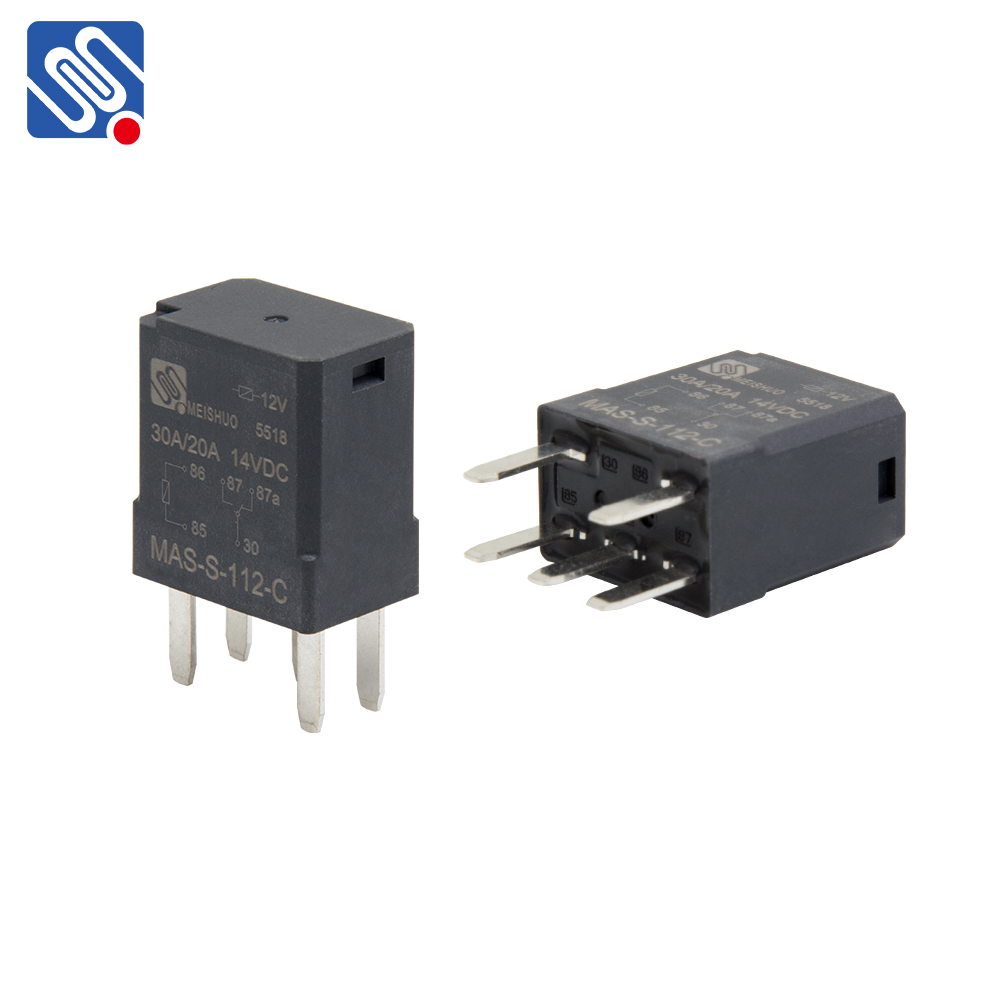understanding relay compatibility: key to seamless communication
Release time:2025-10-18 05:10:00
Relay compatibility is an essential concept in both the electronics and communication sectors. As more devices and systems become interconnected, understanding how relay compatibility works can help ensure seamless communication between different units. This article delves into the significance of relay compatibility, its applications, and the factors that contribute to effective interoperability.

At its core, relays are electrically operated switches designed to control a circuit by a low-power signal, oftentimes using multiple inputs. They play a pivotal role in various applications, from simple home appliances to complex industrial control systems. Relay compatibility refers to the ability of different relay devices to work together effectively, allowing systems to operate smoothly without the need for extensive modifications or special configurations.
One of the primary reasons why relay compatibility matters is the increasing complexity of modern electronic systems. With the rise of the Internet of Things (IoT), more devices are being connected than ever before. Each of these devices likely incorporates a variety of relays, making compatibility between them crucial for the integrity of the entire system. If relays cannot communicate effectively, it risks the functionality, efficiency, and reliability of the connected devices.

